High on the wind-scoured peaks of the world’s wildest mountains, a bird with a chilling reputation soars effortlessly, its massive wings casting shadows over rocky cliffs. The lammergeier, or bearded vulture, is no ordinary scavenger. Its eerie beauty and shocking diet set it apart as nature’s most hardcore clean-up crew — a specialist in recycling death into life. Imagine a world where nothing of the dead goes to waste; this is the realm of the lammergeier, where even bones become a feast and decay is transformed into survival. What secrets do these mysterious birds hold, and how have they mastered the ultimate form of ecological recycling? Let’s unravel the astonishing world of the lammergeier.
The Lammergeier: A Portrait of Wild Majesty

The lammergeier, also known as the bearded vulture, is a bird few people ever see up close. With a wingspan reaching nearly ten feet and striking orange-tinted feathers, it commands attention in the rugged highlands of Europe, Asia, and Africa. Its piercing red eyes are surrounded by a dark “beard,” which gives the species its name. Unlike other vultures, lammergeiers look almost regal, with their elegant shapes and unique color patterns. Their presence on the wind feels ancient, as if they stepped straight out of a prehistoric world. These birds are built for the heights, thriving at altitudes where few creatures dare to go. Their mysterious appearance is just the beginning — their behavior is even more astonishing.
Masters of the Sky: Habitats and Range

Lammergeiers are true mountain dwellers, often found in the world’s most dramatic landscapes. From the craggy Alps and Pyrenees to the Himalayas and Ethiopian Highlands, they seek out remote, rocky places above the tree line. These isolated territories offer safety from predators and easy access to their unusual meals. Steep cliffs provide perfect nests, while swirling mountain winds give them the lift they need to soar for hours. Unlike their lowland cousins, lammergeiers rarely descend into valleys unless desperate. Their ability to live at such dizzying heights makes them both elusive and awe-inspiring. Observers often describe spotting a lammergeier as a once-in-a-lifetime experience.
A Diet Like No Other: Eating Bones for Breakfast
What truly sets the lammergeier apart is its incredible diet. While most vultures scavenge on soft tissues, the lammergeier specializes in something almost unimaginable: bones. Up to 90% of its diet is made up of bone, a resource nearly every other animal ignores. The bird’s powerful digestive system is filled with acids strong enough to dissolve bone into nutrients. When it finds a carcass, the lammergeier grabs the largest bones and carries them high into the air. With astonishing precision, it drops them onto rocks below, smashing them into edible fragments. This behavior, known as “ossifrage,” is unique in the animal kingdom and has earned the bird legendary status as a natural recycler.
The Art of Bone-Dropping: Breaking Down the Hardest Meals
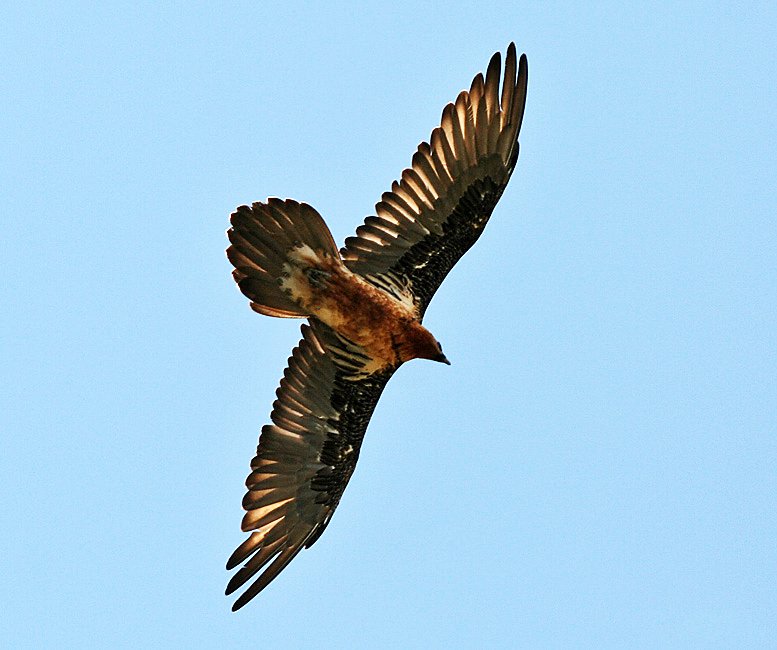
Watching a lammergeier feed is like witnessing a living science experiment. After snatching a bone, the bird soars to dizzying heights, selects a suitable boulder, and releases its prize. The bone shatters on impact, exposing the nutritious marrow inside. This dramatic act may need to be repeated several times before the bone breaks just right. The lammergeier’s sharp eyesight helps it locate the fragments among rocks far below. Even young birds must learn this skill through trial and error, sometimes taking years to master the technique. The spectacle of bone-dropping not only provides food but also returns vital minerals to the ecosystem, ensuring that nothing from the dead goes to waste.
Nature’s Clean-Up Crew: The Ecological Role of the Lammergeier
The lammergeier plays a crucial role in keeping mountain ecosystems healthy. By devouring bones and other remains that other scavengers leave behind, these birds prevent the spread of disease and ensure that nutrients are recycled into the environment. Bones can take years to decompose naturally, but the lammergeier accelerates this process, acting as a living recycling machine. Their unique feeding habits mean they occupy a niche no other animal fills. Without them, piles of bones would accumulate, potentially harming soil and water quality. Their actions benefit countless other creatures, from tiny insects to large mammals, making them silent guardians of the wild.
Myths, Legends, and Misunderstandings
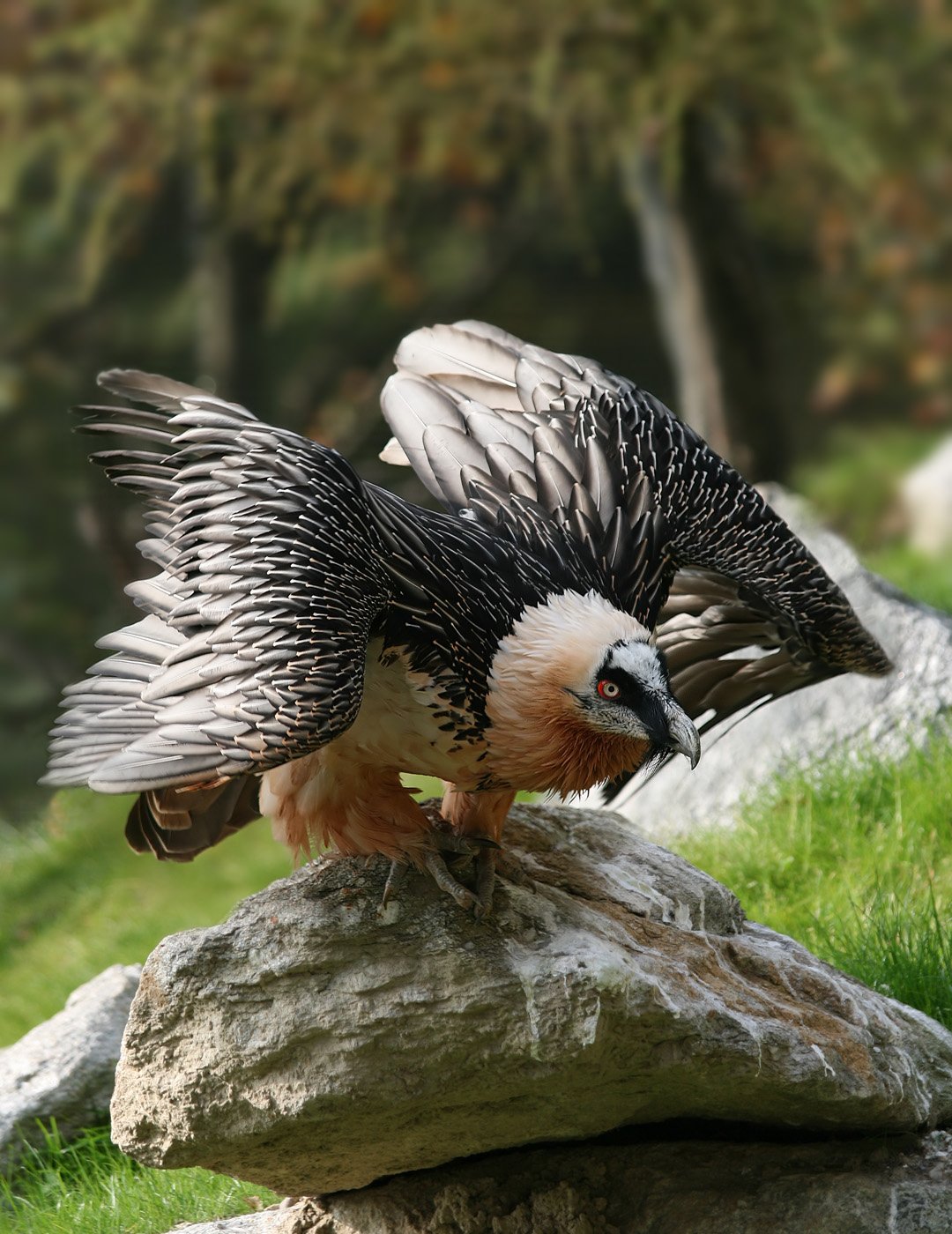
Throughout history, the lammergeier’s eerie appearance and bone-eating habits have sparked fear and fascination. In some cultures, these birds were believed to carry away children or livestock, earning them the nickname “lamb vulture.” Such tales are entirely unfounded — lammergeiers are gentle giants, never hunting live animals. Their dramatic bone-dropping behavior may have seemed supernatural to early mountain dwellers, fueling legends of sky spirits or omens. Even today, their mysterious presence inspires awe and curiosity. Understanding the truth behind these myths helps highlight the bird’s real value as a vital part of nature’s clean-up crew.
Parenting in the Peaks: Lammergeier Reproduction
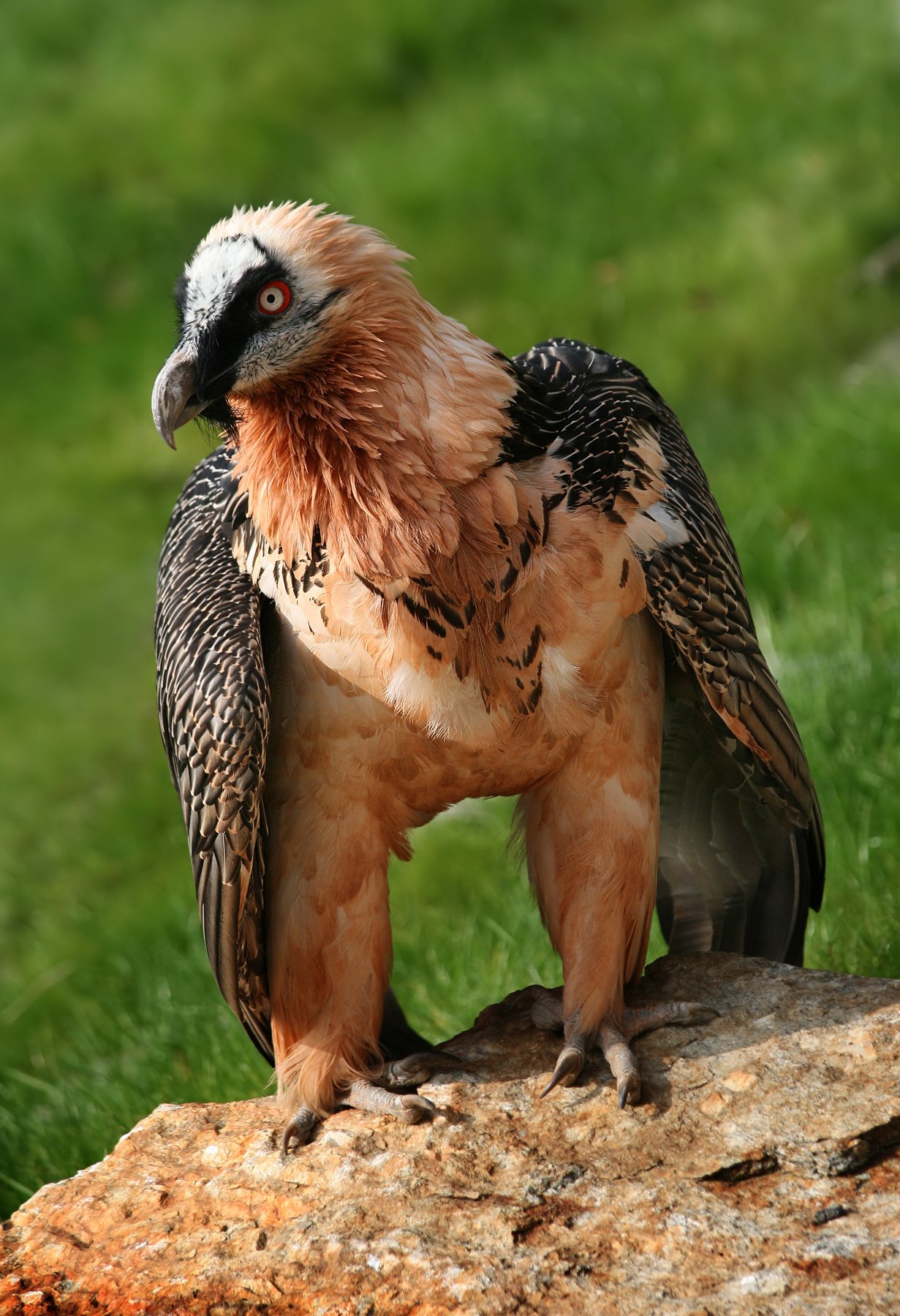
Raising young in the unforgiving heights is a challenge only a few species can handle. Lammergeiers build massive nests of sticks on rocky ledges, sometimes reusing the same spot for decades. Both parents share the work of incubating eggs and feeding chicks. The young are fed a steady diet of small bone fragments, which their bodies quickly adapt to digest. It takes several months for chicks to fledge and even longer for them to learn the delicate art of bone-dropping. This long childhood ensures that only the most skilled individuals survive, maintaining the high standards needed for life in the mountains.
Threats and Conservation Challenges
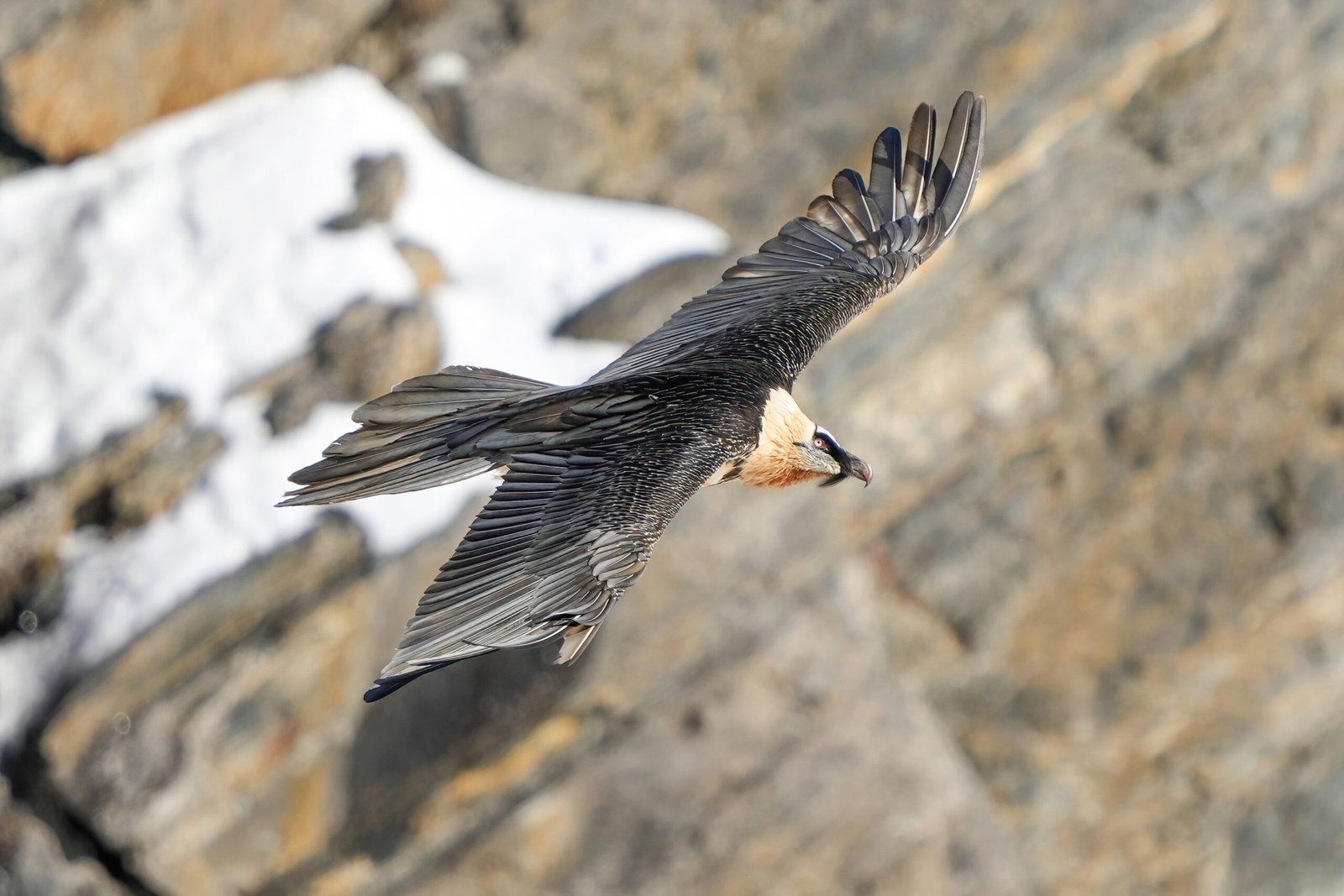
Despite their resilience, lammergeiers face serious threats in the modern world. Poisoned carcasses intended for predators, collisions with power lines, and habitat loss have all taken a toll. In some regions, misguided fears led to centuries of persecution, pushing populations to the brink of extinction. Conservationists have worked tirelessly to reverse this trend, reintroducing lammergeiers to the Alps and protecting their nesting sites. These efforts have seen some success, with small populations slowly recovering. However, the bird’s slow reproduction rate and specialized needs mean that every loss is significant. Protecting the lammergeier is about more than saving a single species — it’s about preserving the balance of entire mountain ecosystems.
Fascinating Adaptations for Survival
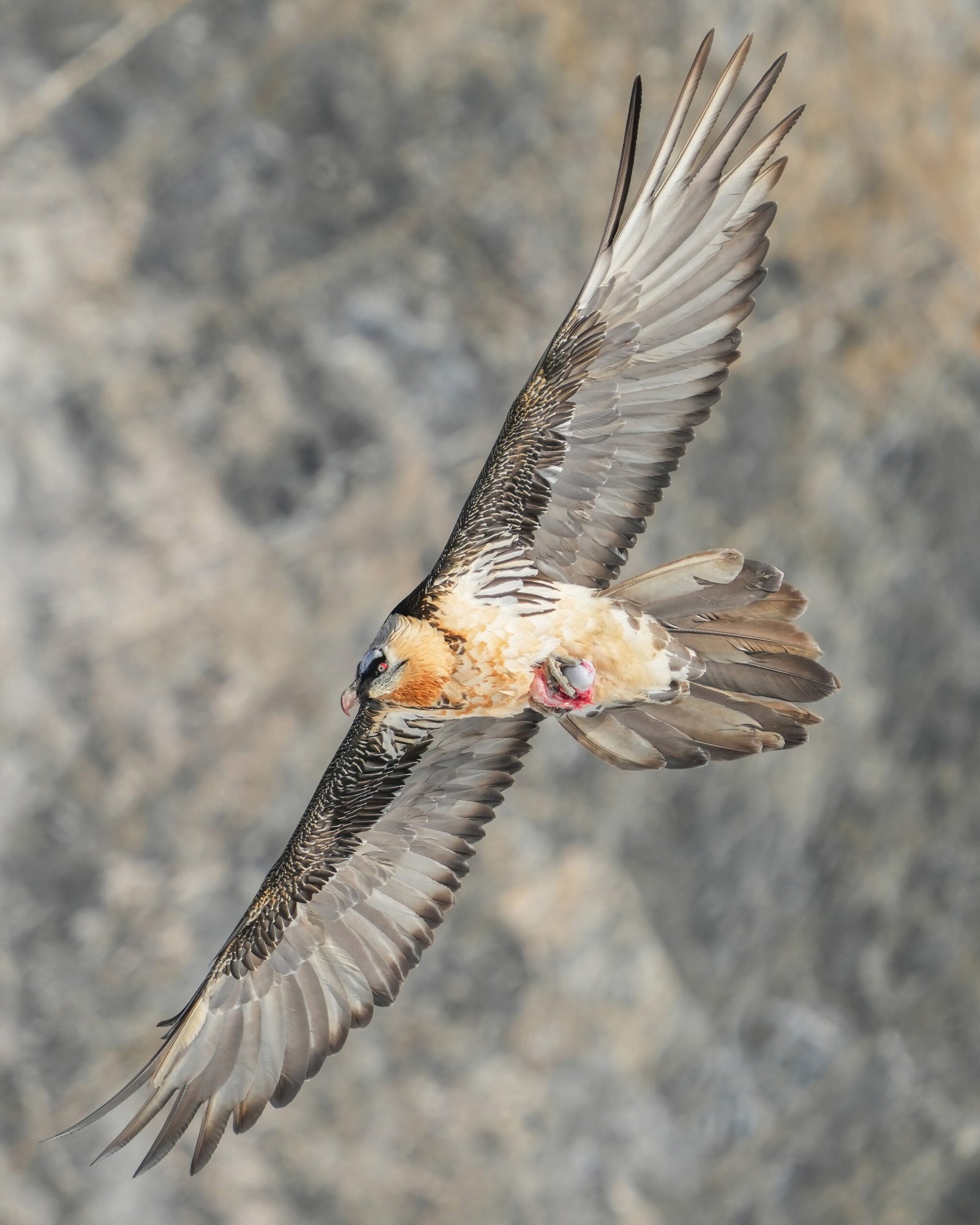
The lammergeier’s body is perfectly adapted for its unusual lifestyle. Its massive wings allow it to glide effortlessly over vast distances, searching for bones with little energy. The bird’s digestive system can dissolve even the hardest bone in about 24 hours, turning what would be waste for most animals into fuel for flight. Its sharp, hooked beak is ideal for prying apart tough remains, while its feathered legs protect it from the cold. Even its bright orange plumage is thought to come from bathing in iron-rich soils, possibly as a signal of maturity and strength. Every aspect of the lammergeier’s biology reflects its role as a specialist in survival.
Why the Lammergeier Matters More Than Ever
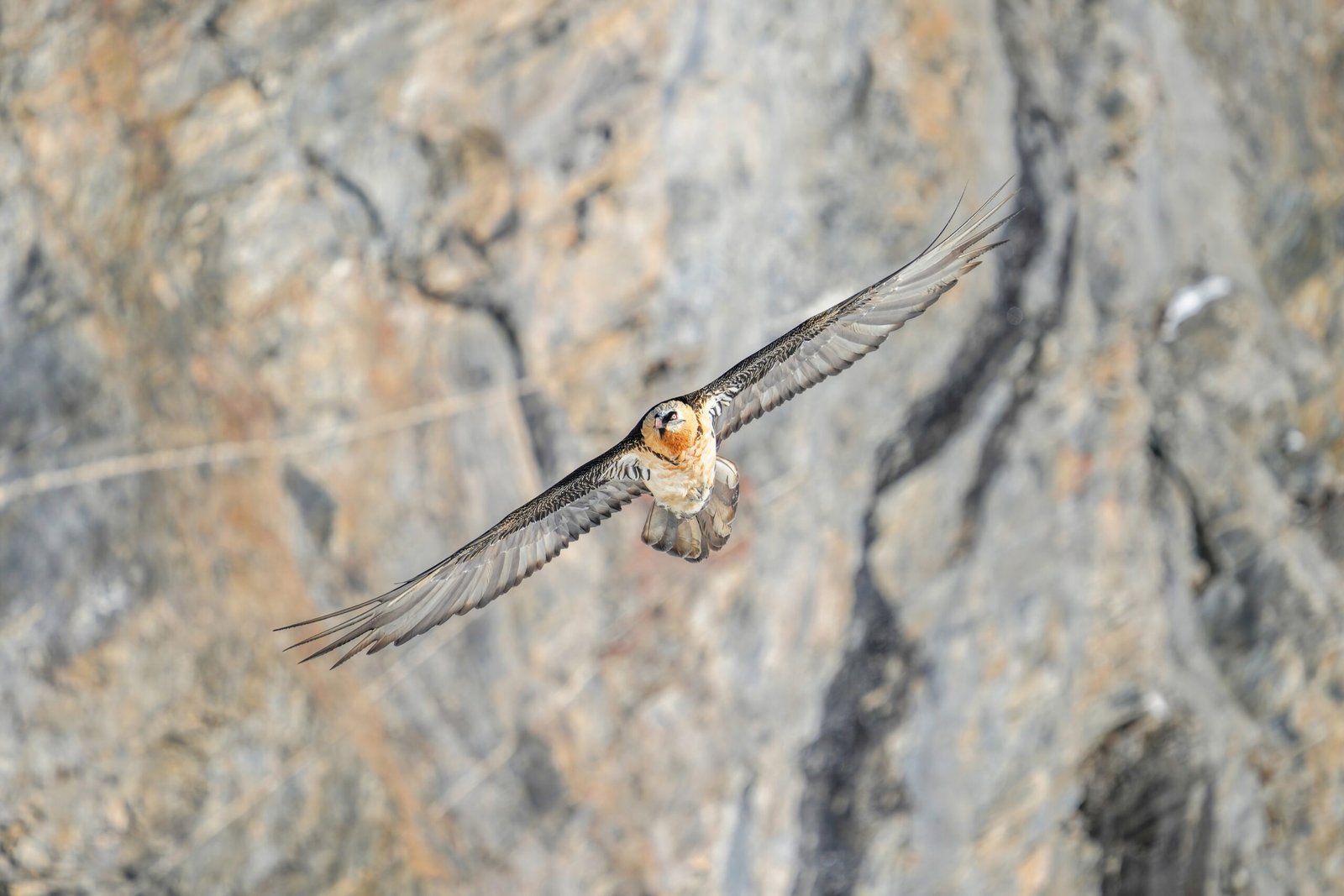
As human activity continues to reshape the planet, the lammergeier’s story becomes increasingly relevant. These birds remind us that every creature has a part to play in the web of life, no matter how strange their habits may seem. Their ability to recycle the dead is not just a curiosity — it’s a vital service that keeps ecosystems functioning. As mountain regions face new pressures from tourism, development, and climate change, the lammergeier stands as a symbol of nature’s resilience and ingenuity. Their survival depends on our willingness to protect the wild places they call home, and to appreciate the beauty in even the most unlikely forms of life.
Lessons from Nature’s Ultimate Recycler
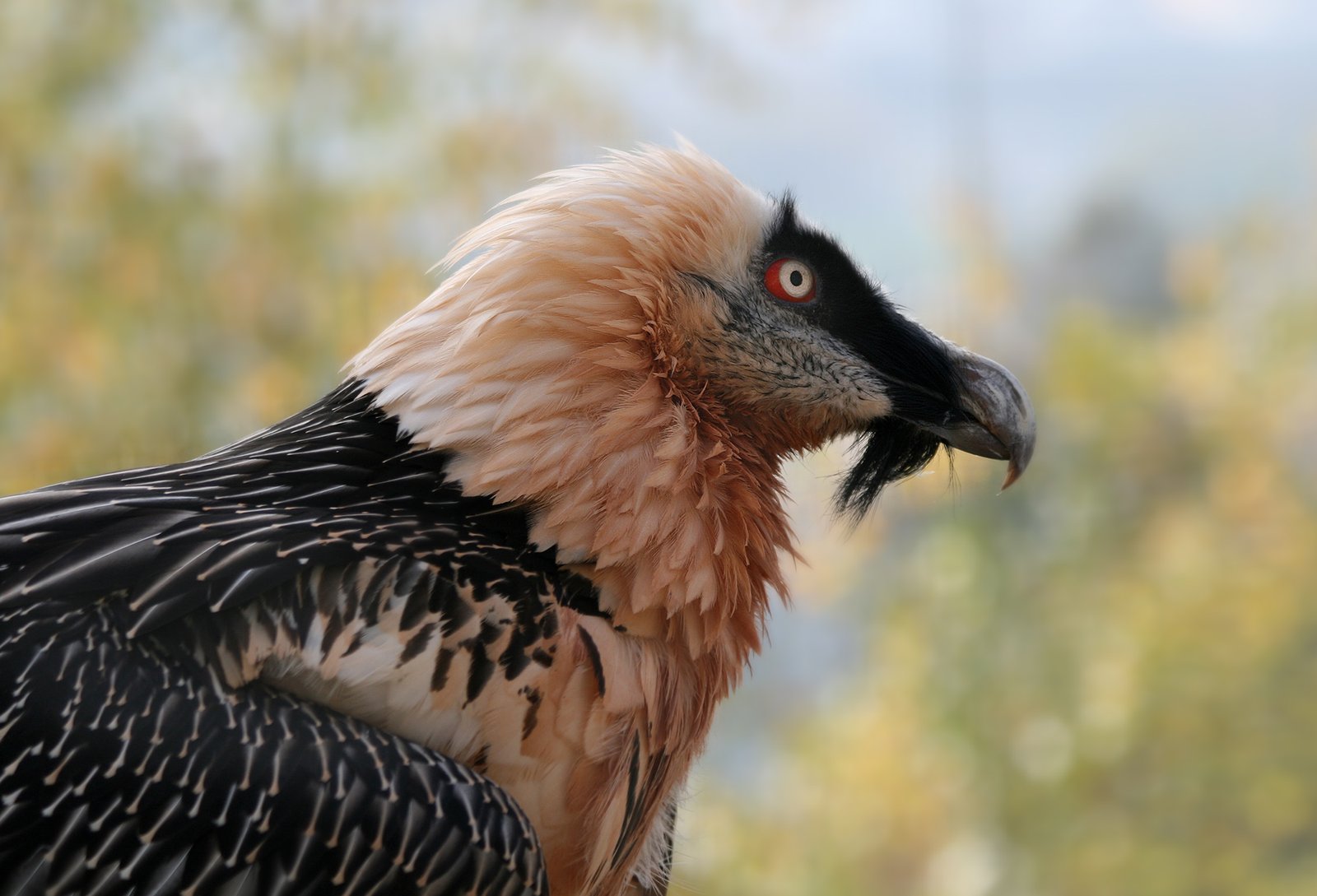
The lammergeier’s story is one of transformation and renewal. Where others see only decay, this remarkable bird finds nourishment and opportunity. Its existence challenges us to look beyond fear and myth, to recognize the hidden value in the overlooked and the misunderstood. By embracing the lessons of the lammergeier, we can learn to see the world with new eyes — to appreciate the intricate connections that sustain life, and to find hope even in the shadows of death.



